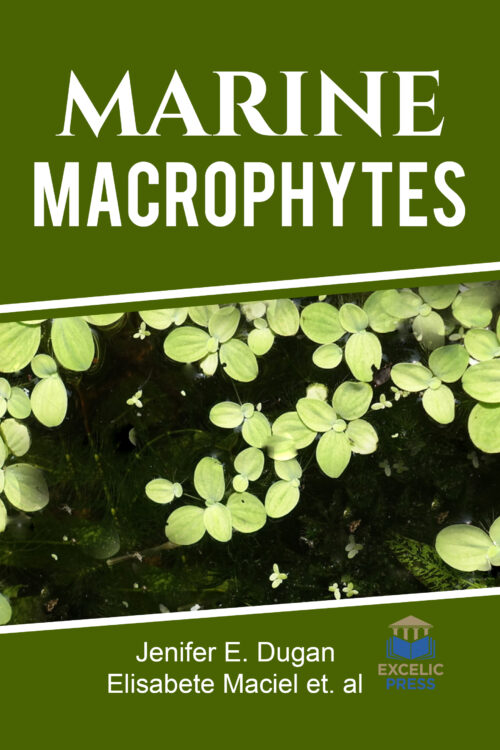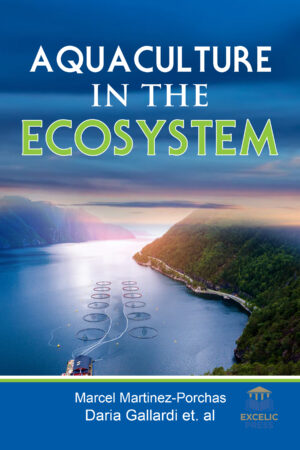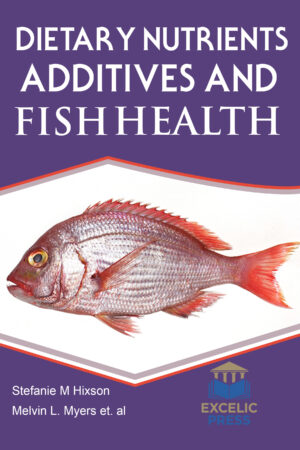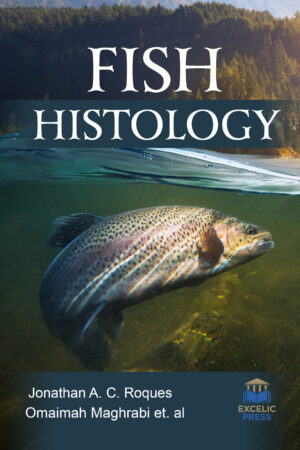Description
The marine environment supports a remarkable diversity of organisms which are a potential source of natural products with biological activities. These organisms contain a wide range of marine plants (from micro- to macrophytes), which have been used in the food and pharmaceutical industry. They play a key role in marine ecosystems regarding biodiversity and energy flow. However, the biochemistry and biological activities of many of these macrophytes (namely macroalgae and halophytes, including seagrasses) are still far from being fully explored. These plants provide physical structure, increase habitat complexity and heterogeneity and affect various organisms like invertebrates, fishes and waterbirds. Most popular bioactive components include polysaccharides, peptides, phenolics and fatty acids (FAs). Polar lipids (glycolipids, phospholipids and betaine lipids) are emerging as novel value-added bioactive phytochemicals, rich in n-3 FA, with high nutritional value and health beneficial effects for the prevention of chronic diseases. The complexity provided by macrophytes has been exhaustively studied in aquatic environments. But, macrophyte complexity has rarely been measured in a standardized fashion, making comparisons among different studies and the establishment of general conclusions difficult. To address this issue, this work is focused on questions related to the habitat structural complexity provided by these plants.
Marine Macrophytes covers comprehensive information on the diversity of the main organisms associated with macrophytes, and their functional role and interactions within their hosts. It presents the state of the art research obtained with the biological quality elements (BQEs) macroalgae and angiosperms in both coastal and transitional waters. Additionally, future prospects on the use of these biological elements to assess the ecological status are discussed.
This book will appeal to academics but may be useful for students, researchers, policy makers, and laymen also.





